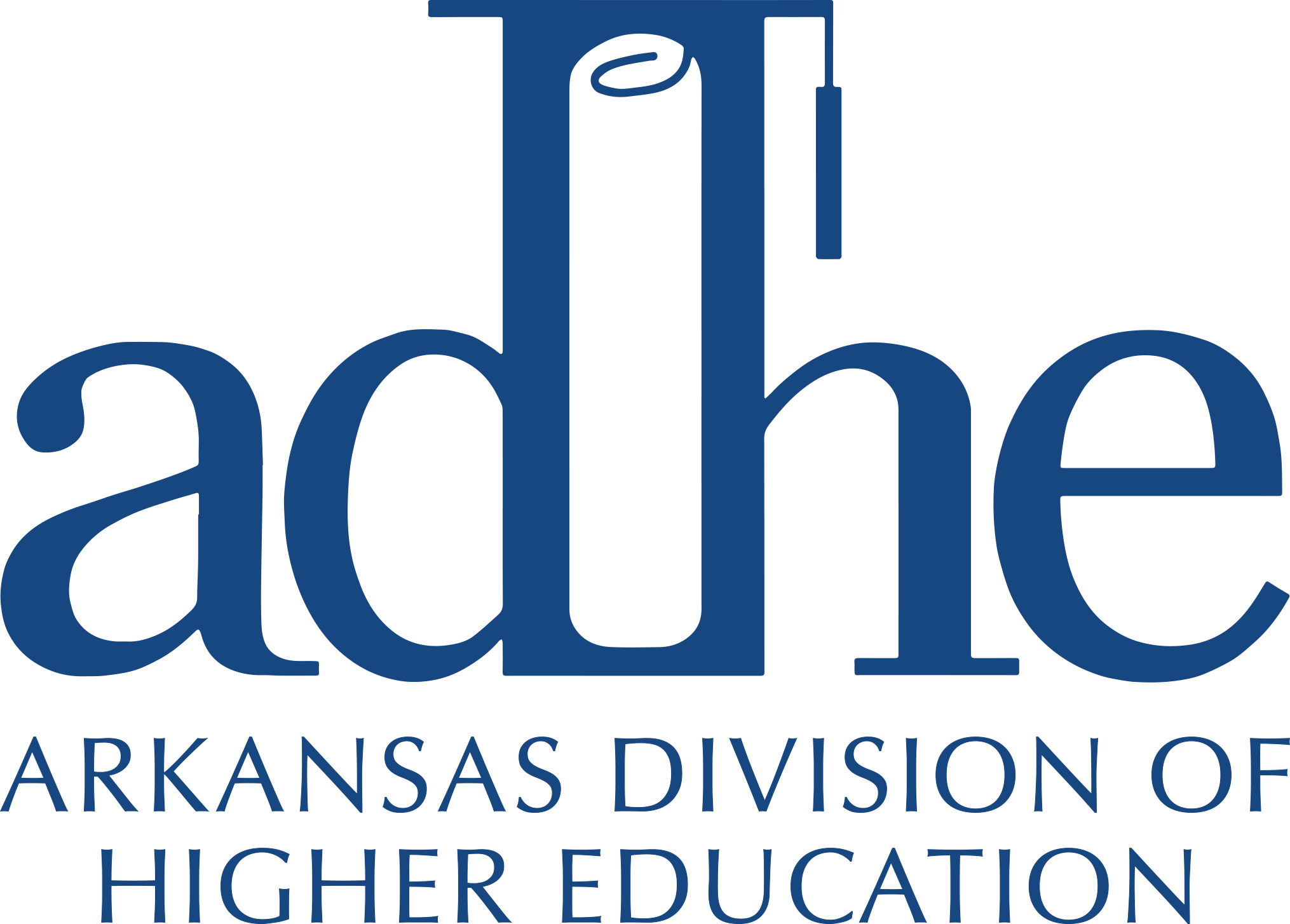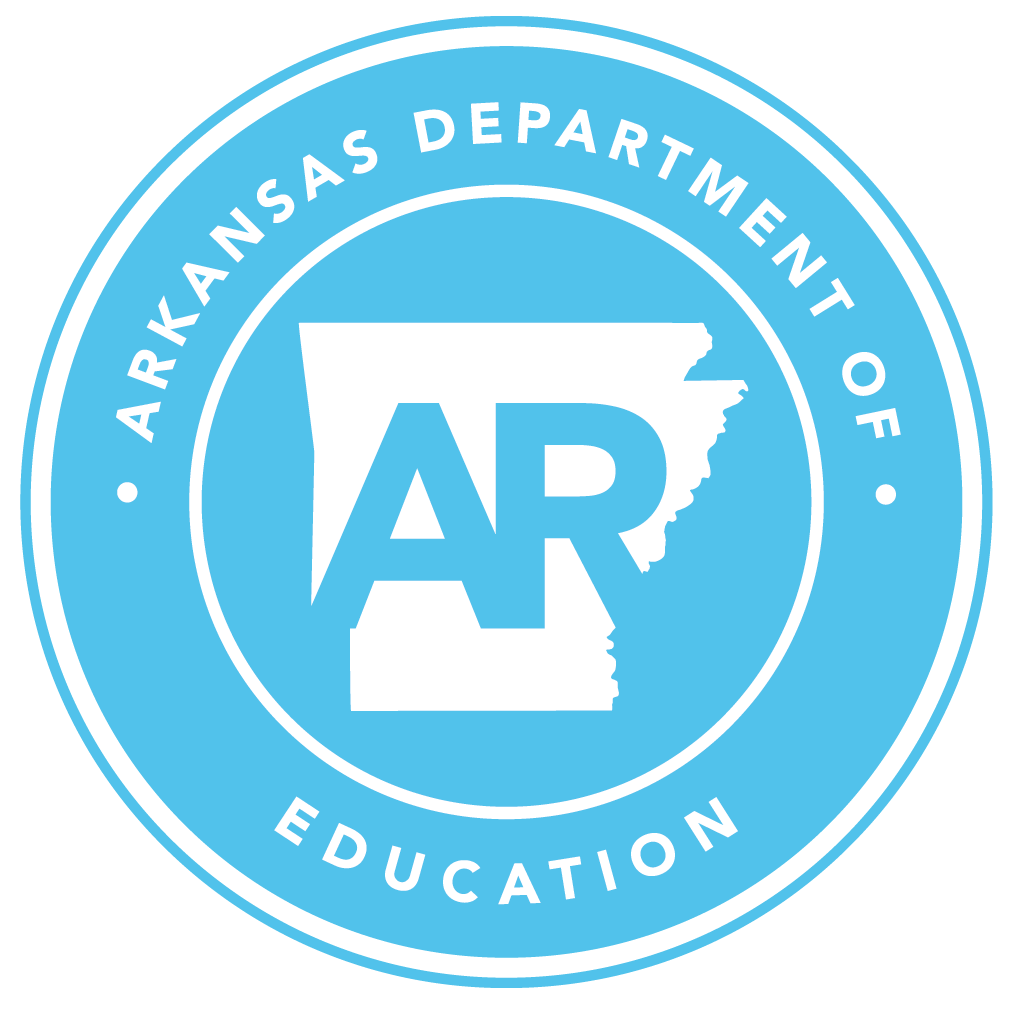Archived HIRED Frequently Asked Questions
Q: Are there page limitations for any of the proposal types?
A: The Planning and Implementation Grant proposal narratives are recommended to be no more than 10 pages. Narratives over 15 pages will not be considered. This does not include the Budget Template or Letters of Support.
Q: Are letters of support from workforce partners required for the Track 1 Planning Grant proposal?
A: Letters of support are not required for submission of the Planning Grant proposal but would be required if invited to submit an Implementation grant proposal. The Planning Grant proposal must include a list of workforce partners and labor market information regarding employer needs. It is expected that the identified partners have committed at least verbally and are aware of the proposal partnership. If it is found that partners are listed who have not agreed to the alliance, the application will be rejected.
Q: We were not aware of the HIRED grants opportunity until after the deadline for LOI submission. May we submit now?
A: LOIs are no longer being accepted for the HIRED grants.
Q: Will there be other HIRED grant funding opportunities?
A: Track 1 funding is part of a recurring allocation of state funds authorized by Arkansas legislation. It is anticipated that future funding will be available through this revenue source but not until the completion of this round of Track 1 grants, which could extend up to five years. Track 2 funding is a one-time opportunity using federal ARPA funds allocated to our state.
Q: What are the emails for Track 1 and Track 2 correspondence?
A: Arkansas Division of Higher Education Track 1: workforce.grants@adhe.edu
Arkansas Department of Commerce Track 2: OSD.HiredGrants@Arkansas.gov
Q: Can a lead applicant submit more than one letter of intent?
A: Lead applicants may submit more than one LOI. It is recommended that applicants focus on proposals with the greatest impact on and anticipated outcomes in their region and/or state rather than submit multiple programs with minimal impact and outcomes.
Q: What workforce sectors and occupations are not priorities for this funding?
A: Applicants may submit Letters of Intent (LOIs) for projects in non-priority areas. State workforce development partners will review and consider all LOIs based on merit and expected impact and outcomes on employment and labor participation metrics. Although vital to our state's workforce, these workforce sectors and occupations are not designated as priorities for this funding opportunity:
- Broadband Workers
- Education/Teaching (Early Childhood, K-12, Administrators, etc.)
- Health Support Workers (Community Health Workers, Doulas, etc.)
- Hospitality and Food
- Nursing (CNA, LPN, RN, etc.)
- Law Enforcement/EMT/Fire
- Leadership/Retail/Entrepreneurship
- Physicians
- Tourism and Outdoor Economy
- Not an exhaustive list.
Q: May lead applicants submitting a LOI also be listed as workforce partners on the LOI of other lead applicants?
A: Yes.
Q: Are letters of support from workforce partners required for the LOI?
A: Letters of support are not required for submission of the LOI but would be required if invited to submit an Implementation grant proposal. The LOI must include a list of workforce partners and labor market information regarding employer needs.
Q: Are there page limitations for any of the proposal types?
A: The LOI form limits characters within the text boxes provided and is intended to be a high-level, brief project description. The Planning and Implementation Grant proposal narratives are recommended to be no more than 10 pages. Narratives over 15 pages will not be considered. This does not include the Budget Template or Letters of Support.
Q: Is there a defined limit to the number of intent letters each institution can be a party to?
A: There is not a limit on the number of intent letters an institution may submit. It is recommended that applicants focus on proposals with the greatest impact on and anticipated outcomes in their region and/or state rather than submit multiple programs with minimal impact and outcomes.

